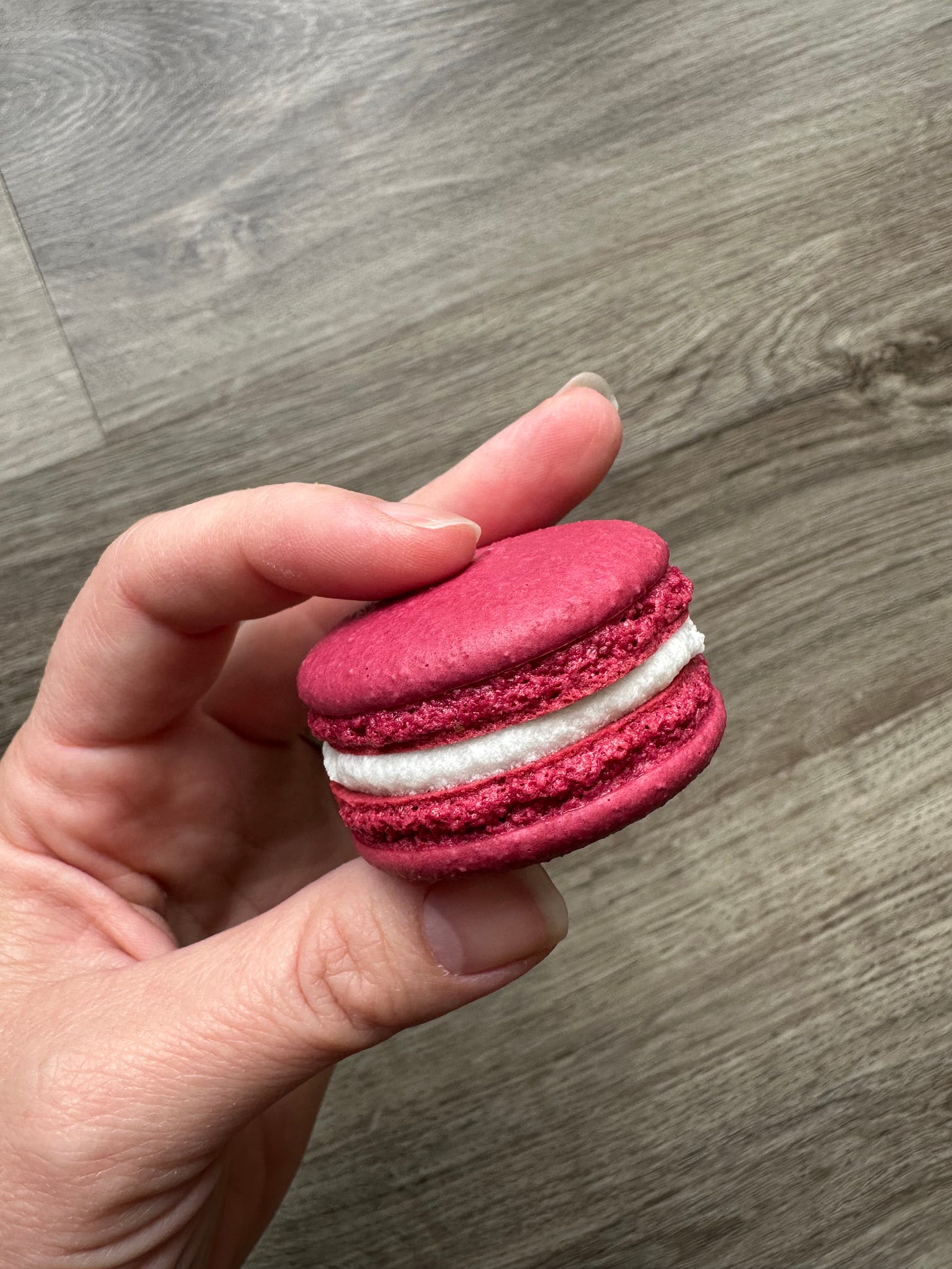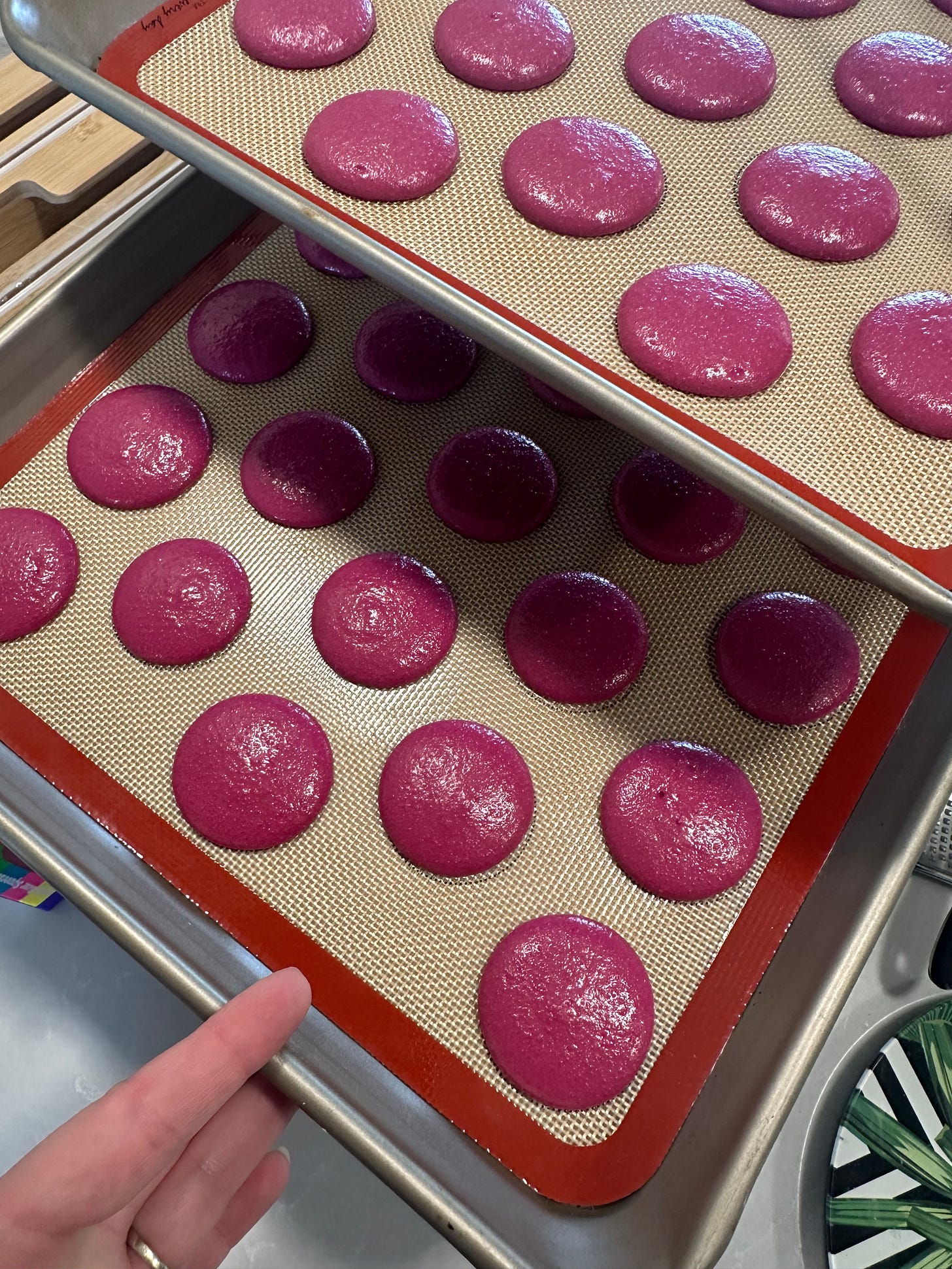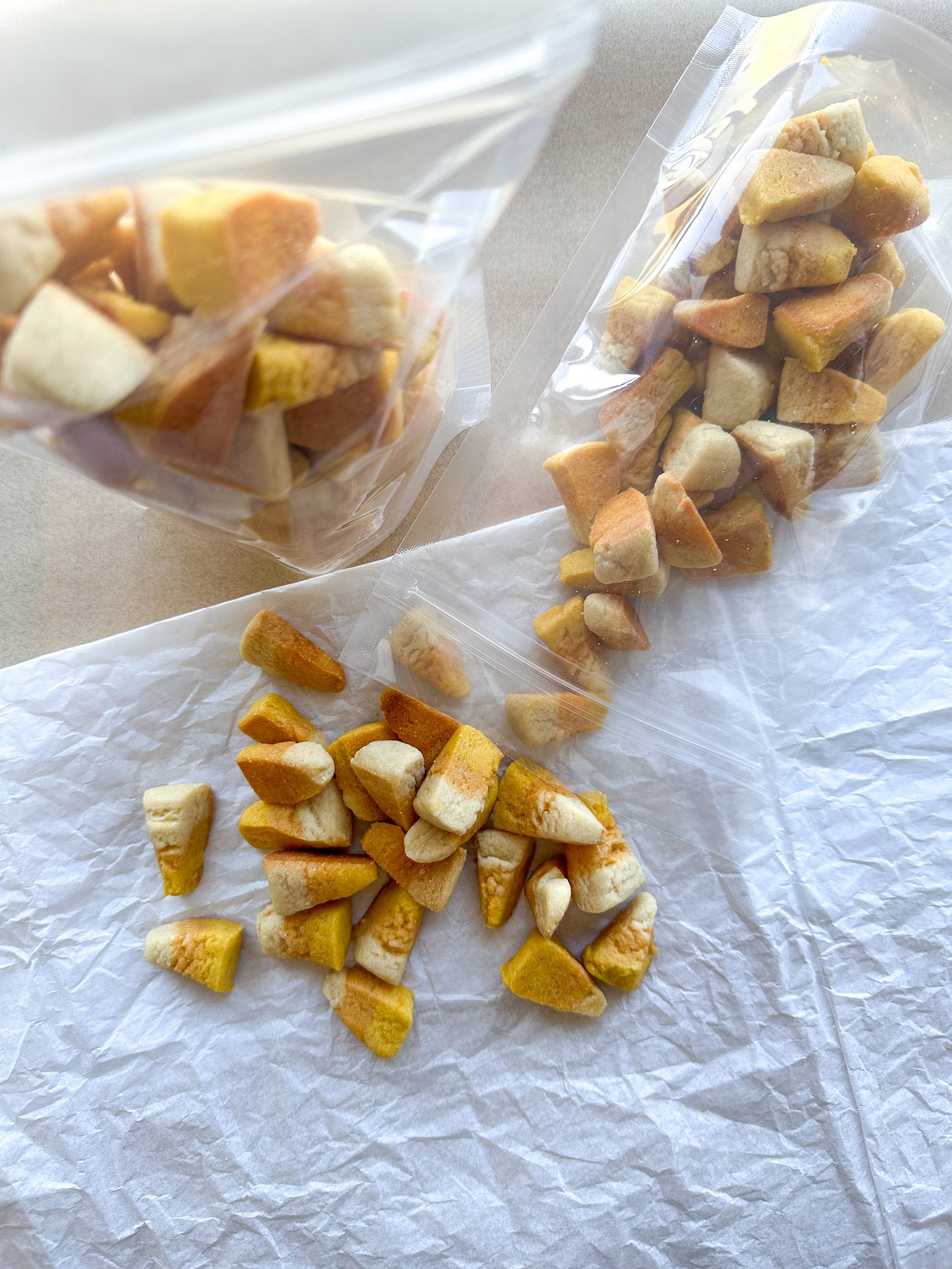Baking with Natural Food Colors: What Works & What Doesn’t
When it comes to decorating with natural food colors, most of us think about icing, buttercream, and airbrushing. But what about coloring cake batter, cookie dough, breads, and other baked goods? Unlike most artificial dyes, which hold their color through high heat, natural food colors can be more delicate—but with the right products and techniques, you can bake vibrant treats without artificial dyes!
The Best Heat-Stable Natural Food Colors
1. Trucolor (PRSM) Baking Gels
The only fully heat-stable natural food color range on the market is Trucolor’s Baking Colors (also labeled as Baking Gels). These liquid-based colors are designed specifically to withstand baking temperatures and retain their vibrancy in cakes, cookies, breads, and more. Unlike powders or other natural liquids that might fade or change in heat, these colors hold up remarkably well.
Can they be used in frosting or macarons?
Yes! Because they are liquid-based, they mix well into icings, but be mindful of the added moisture when working with delicate consistencies like royal icing or macaron batter.
Some natural liquid colors, such as Enco Naturals, also show good heat stability. While results can vary depending on the recipe, these plant-based colors often work well in cakes and doughs. I will say I have not tried these personally however I have seen some promising feedback so far.
Can they be used in frosting or macarons?
Yes, but like Trucolor baking gels, these are liquid-based, so be cautious of adding too much to royal icing or macaron batter.
Other Naturally Derived Color Options for Baking
Some plant-based powders and ingredients hold color surprisingly well when baked into doughs and batters. While they may not offer the same vibrancy as Trucolor or Enco liquids, they can still be great options for naturally tinted baked goods.
3. Purple Sweet Potato Powder
Purple sweet potato powder is one of the best naturally heat-stable powders for baking. It retains its beautiful deep purple or lavender hue in bread, cakes, and even pasta dough!
Can it be used in frosting or macarons?
Yes! It works well in buttercream and glazes, but the texture of the powder makes it less ideal for royal icing or macarons unless it’s dissolved first.
4. Cocoa Powder for Natural Browns
While not a “coloring” ingredient in the traditional sense, cocoa powder is an easy and natural way to deepen shades in baked goods and frostings. You can blend it with natural red hues to create a rich brick red or burgundy.
Can it be used in frosting or macarons?
Absolutely! Cocoa powder mixes smoothly into buttercream, royal icing, and macaron batter, BUT beware of it affecting consistency since it can deflate the structure of egg whites.
What About Other Natural Colors?
Some powders, like beet powder or spirulina, might seem like good choices, but they often fade or change color under heat. Beets, for example, can turn brown when baked, and green spirulina can lose its vibrancy. That’s why heat-stable liquid options (like Trucolor or Enco) remain the best choices for consistently vibrant baked colors.
Final Thoughts
If you’re looking to bake vibrant, naturally colored treats, your best bet is PRSM Baking Colors (use my code BLOOM15 for 15% off) or Enco Natural Liquids. For more subtle, naturally tinted doughs and batters, purple sweet potato powder and cocoa powder are great options too!
Do you have a favorite natural food color for baking? Let me know in the comments!







